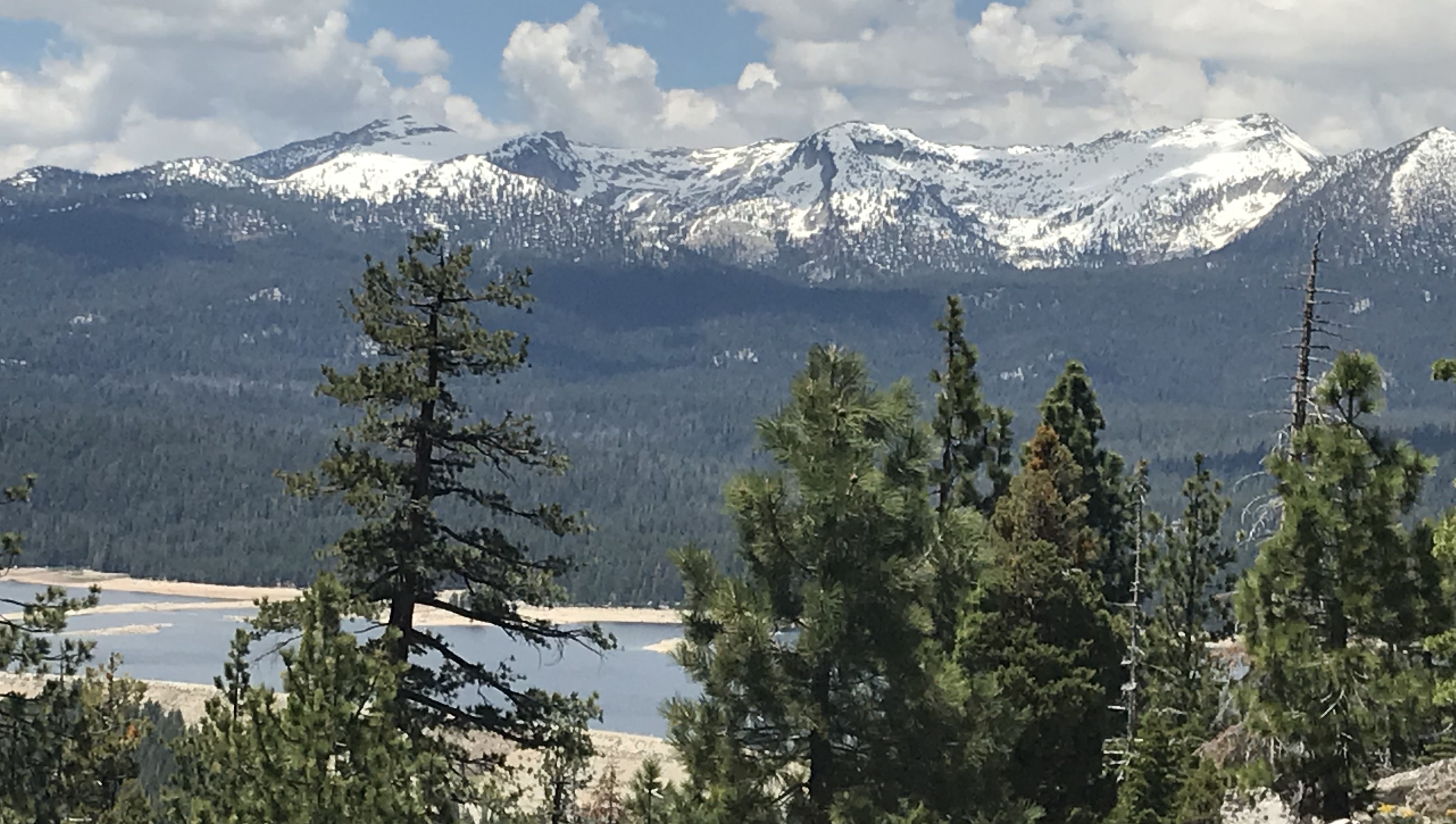This project is now in update mode. Check back regularly to see how things are progressing.
High Altitude Biology Course
New Goal:
We did it!! We reached the initial goal of $1500. Thank you all for your kind generosity. However, this is just the start of the journey to acquire equipment for the students to participate in this course. I have a set a new goal of $5000. This will get us much closer to being able to purchase backpacks, tents, sleeping bags, stoves, etc... for 10-12 students. What is great is that this equipment will be used every summer.
The goal of the course is to discuss and investigate the effects high altitude environments have on animal physiology and plant diversity, as well as how climate change and pollution are negatively impacting these environments. Fresno State is a Hispanic-Serving Institution and ~60% of our students are first-generation college students. Our hope with this course is to not only educate our students about animal and plant biology in high altitude environments but equally important, is to expose our students to the beauty and fragility of our forests and excite our students to be the next generation of stewards of our natural spaces. Briefly, we are planning for a 2-week summer course: One-week backpacking trip 1) where we monitor our own physiological changes as we go from Fresno (elevation ~300 ft) to the Sierra Nevada (>8000 ft.); 2) discuss how insects, small mammals, birds, fish, and plants survive in this environment (low oxygen levels, freezing temperature, high winds, etc…); 3) discuss plant diversity; and 4) discuss the negative impacts climate change and pollution is having on high altitude plants and animals.
In addition to the academic value of this course, these young adults will be challenging themselves and overcoming personal fears. The resulting impact of conquering their fears could be life-changing. Research shows that being in nature improves self-esteem, decreases stress, instills a belief that I can do this, and can change the view they have of themselves and their abilities. Many of the young adults of color that will enroll in this course have never taken breathe of cool mountain air, seen a forest, mountain meadow, nor been on a hike. Yet, these same young people experience stressors that many of us don’t face (e.g. housing inequality, food insecurity, racism, lack of opportunities, etc…) and could benefit the most by experiencing nature.
Additional Information: As you know, Fresno is a very diverse city, however, it is a very poor city. Fresno has the highest poverty rate in California at about 25%. Additionally, 41% of Blacks (~8% of total Fresno population), 28% of Asians (~14% of total Fresno population), and 34% of Hispanics (~48% of total Fresno population) live below the poverty line in Fresno. Fresno State is a Hispanic-Serving Institution and ~60% of our students are first-generation college students. Many of these students fall below or live near the poverty line.
Sadly, less than 2% of Blacks and between 3.8-6.7% of Hispanic/Latinos comprise all visitors to the U.S. public lands. The reason for this is steeped in inequality. For example 1) the vast majority of People of Color have low socioeconomic resources to visit our public lands; 2) many People of Color encounter direct acts of discrimination on site; 3) media does not portray National Parks as an activity that People of Color can participate in; and 4) lack of formative experiences with outdoor recreation activities and National Parks reinforces the belief that these recreation activities are culturally irrelevant to People of Color. Prior to the Civil Rights Act of 1964, many People of Color were legally barred, or segregated at, National and State Parks.
Use of Funds:
Funds will be used to purchase backpacking gear and equipment for the students that enroll in this course. The gear and equipment will be used every summer. Equipment includes but not limited to: backpacks, tents, sleeping bags, stove & fuel, cooking pots, water purifier, ect...
$10
San Joaquin River
The San Joaquin River is the 2nd longest river in California (366 miles) behind the Sacramento River (447 miles). The head waters of the San Joaquin River begin at Thousand Island Lake in the Ansel Adams Wilderness.
$50
Minerat Peaks
The Minerats are one of the most striking mountain features in all of Sierra Nevada. There are a total of 17 minartes.
$100
Evolution Valley
Kings Canyon National Park is home to Evolution Valley; which many describe as one of the most beautiful spots in Sierra Nevada.
$250
El Capitan
One of the most iconic rock formations in the world. Its granite walls rise 3000 vertical feet from the Yosemite Valley.
$500
Mt. Whitney
The tallest peak in the Sierra Nevada and the United States outside of Alaska. Mt. Whitney is 14,505 feet tall.





